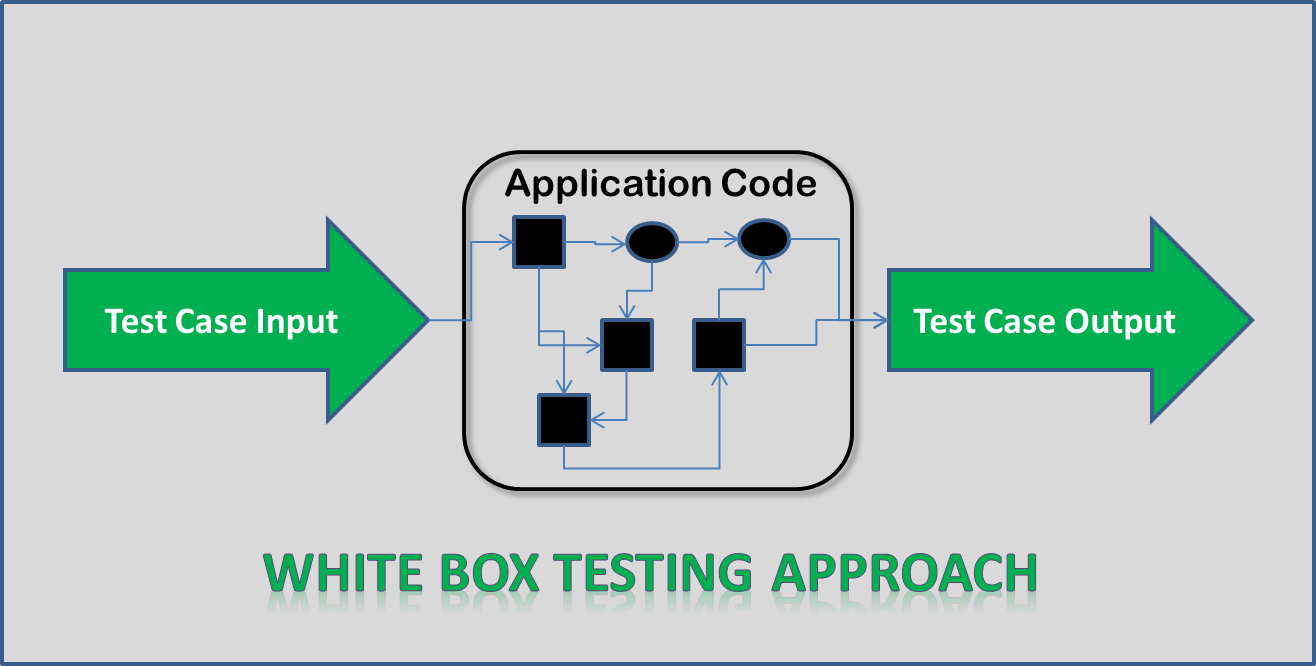We come across many terms like black box testing or white box testing in the field of software testers. On this page, we are going to discuss White-box testing, which is also referred to as transparent box testing, or glass box testing. The structural testing looks into the workings of a program and compares it to the functionality exposed to the end-user. The objective is to look through the programming skills and internal perspective of the system. The tester has to pick certain paths and routes to go through the code and get the right outputs. If you are planning to be a software tester, then it is essential that you get your training form the right place. And one good choice is SQA. The organization is a leading center for ISTQB training.
Coming back to the While white-box testing, the procedures for testing are applied at the unit and the system levels of the testing process. It can help testing the routes within a unit, paths between units as well as subsystems. A wide number of errors get surfaced with the help of white box testing. Techniques that are commonly applied in white-box testing comprise of:
- Test the code
The tester designs some techniques to test some criteria of code coverage and see them executed at least once. - API testing
Also referred to as application programming interface, all applications making use of public and private APIs are tested. - Fault insertion
These methods imply introducing faults on purpose to measure the efficiency of
testing strategies
Once you enroll in ISTQB courses, you will realize that you are taught from the deep perspective of a tester and fast realize the importance of getting the right training. You will feel competent to handle any kind of testing – white, black or grey.
Code coverage tools appraise the wholeness of a test group that was developed using any method, of box testing. This helps the team to look at those parts of a system that rarely gets tested. The aim is to ensure that the most important parts and functions of the system have been tested. Function coverage reports on the functions involved while the Statement coverage reports on the code lines to get executed. 100% coverage means that all paths or branches of the code have been checked and executed at least once. Get aware of these strategies in testing software.



